
Artificial Intelligence (AI) is emerging as a transformative technology for electric utilities across generation and transmission and distribution (T&D). Within the T&D space, AI’s ability to analyze vast amounts of data, make predictions, and automate complex tasks gives it immense potential to enhance efficiency, reliability, and profitability. Understanding the practical applications of AI is crucial for strategic decision-making and risk reduction. As you review the use cases below and determine the applicability for your organization, an important consideration is to determine whether AI solutions are developed in-house or licensed from external vendors (buy vs. build).
AI Use Cases in Transmission and Distribution
We have identified a wide range of use cases for AI across various T&D activities and functions. These use cases are real-world examples that demonstrate AI’s evolving capabilities.
AI that learns from existing data to generate insights and improve decision-making.
Specific Examples
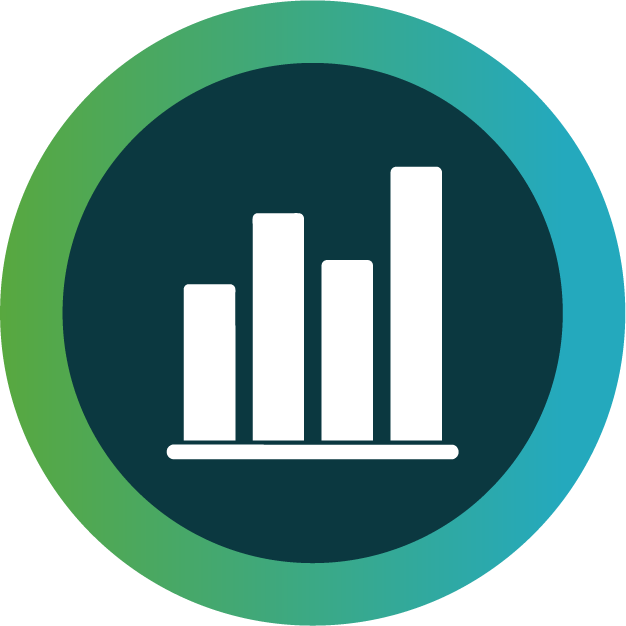



AI tools for predicting maintenance needs and monitoring systems.
Specific Examples
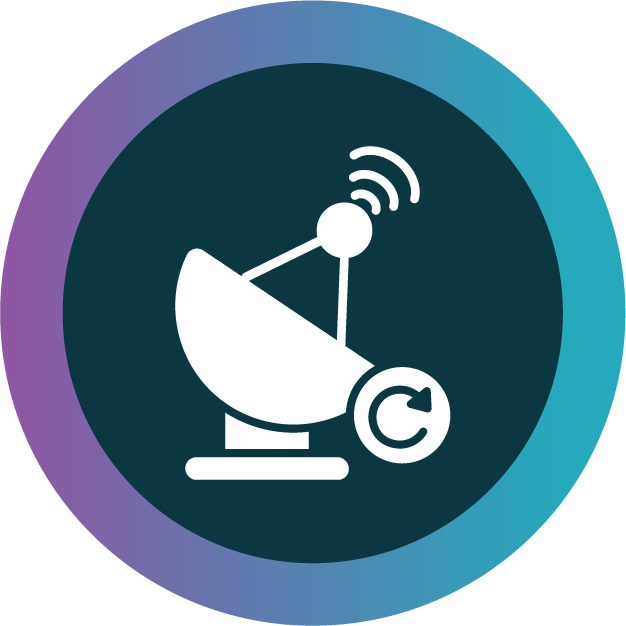
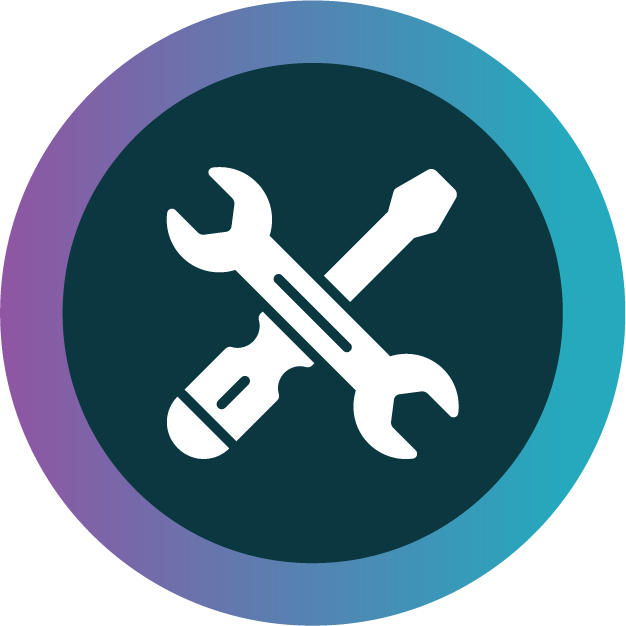
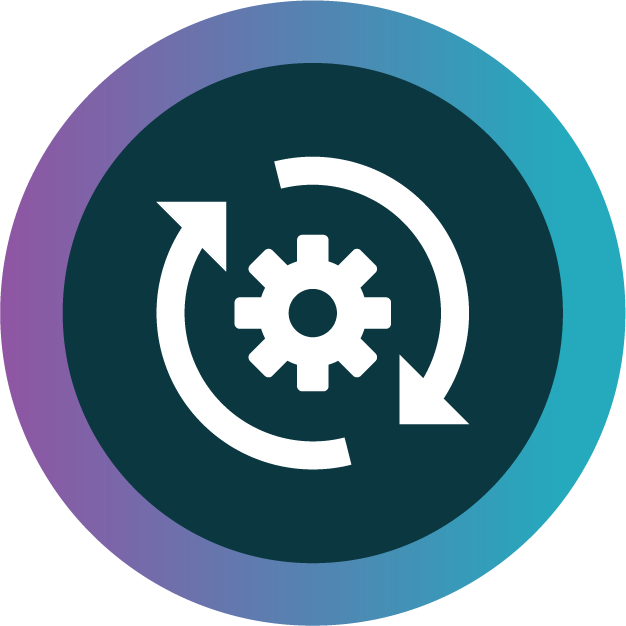
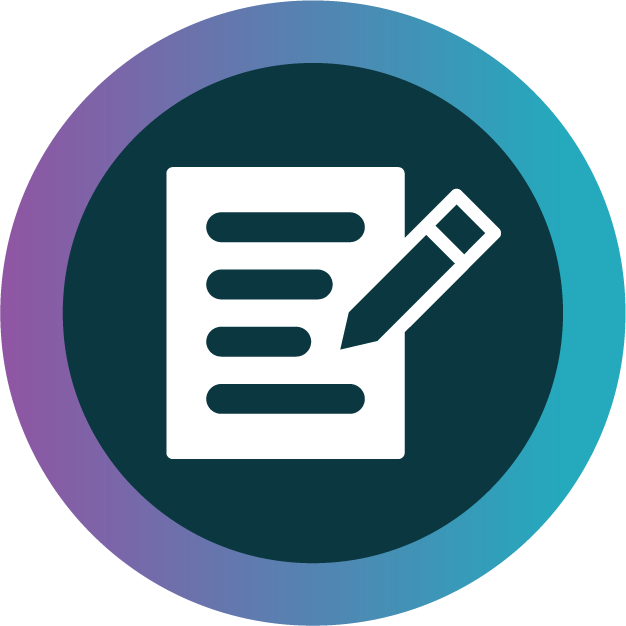
AI for optimizing asset performance and extending asset life.
Specific Examples
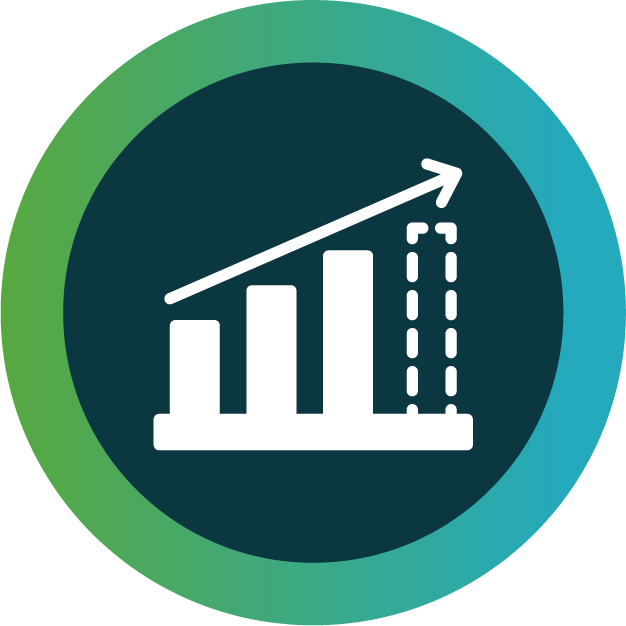
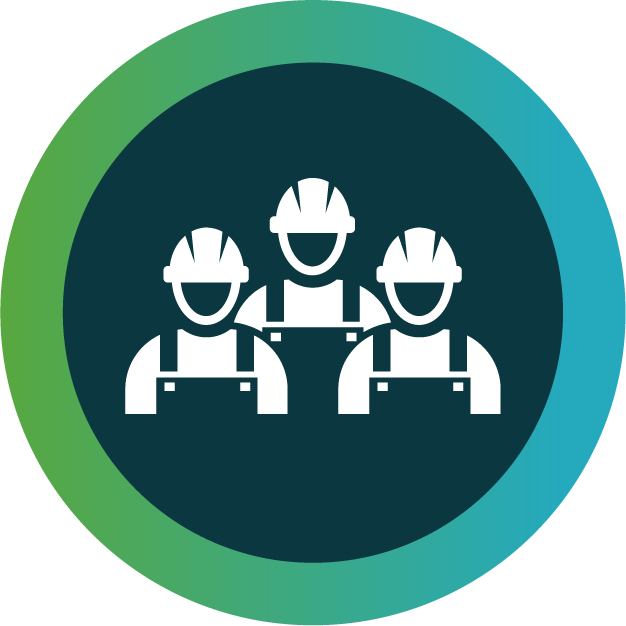


AI for managing grid reliability, emergency response, and detection and response to outages.
Specific Examples
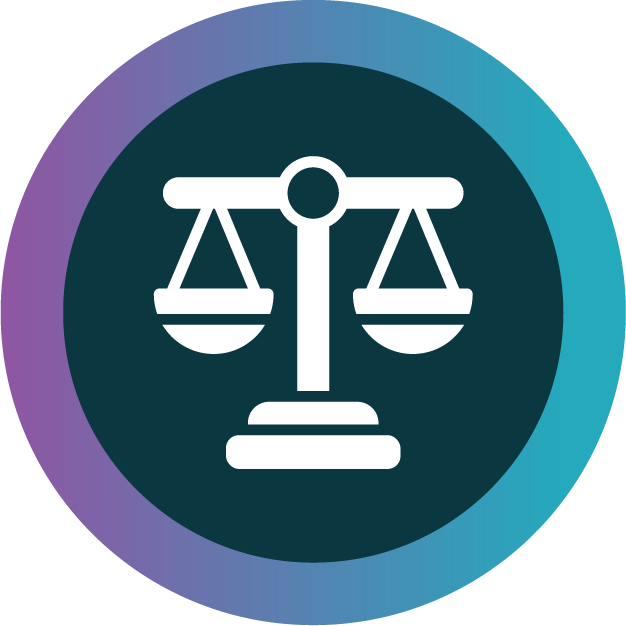
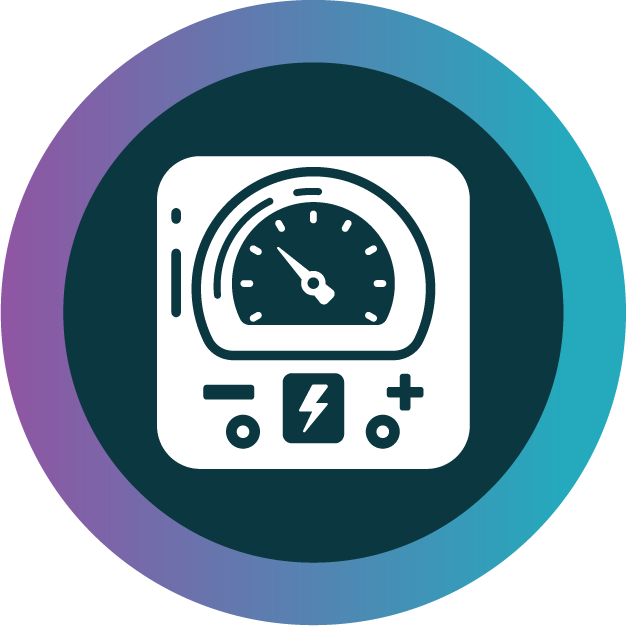
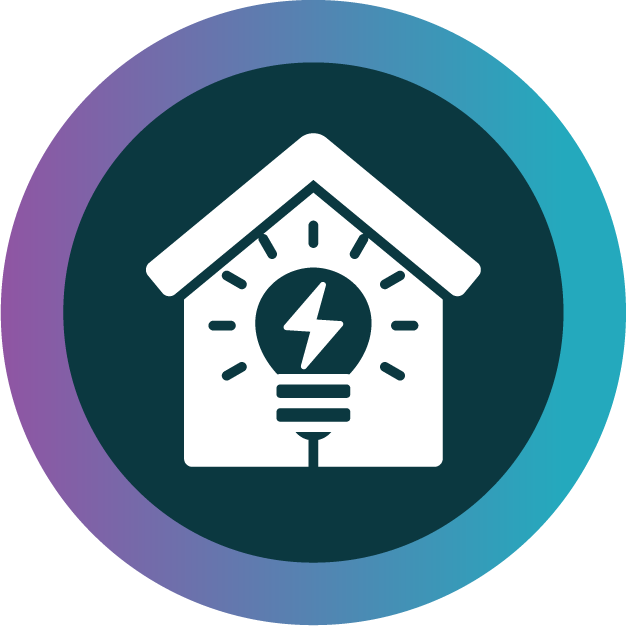

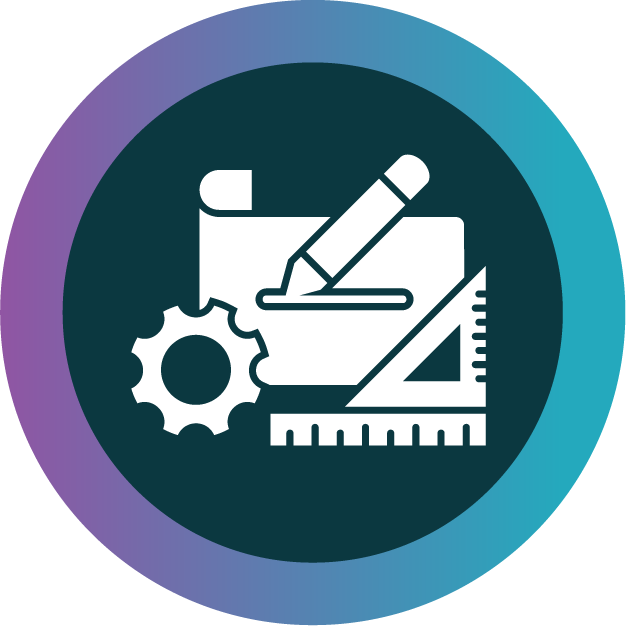
AI-drive systems for faster detection and response to power outages.
Specific Examples
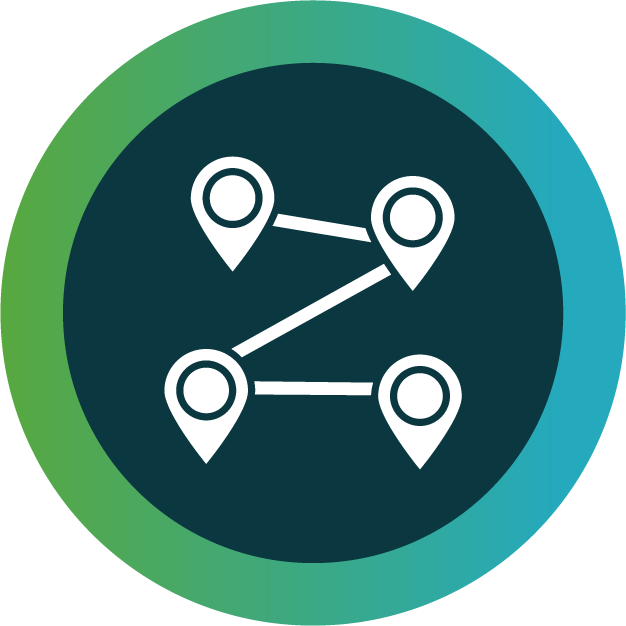
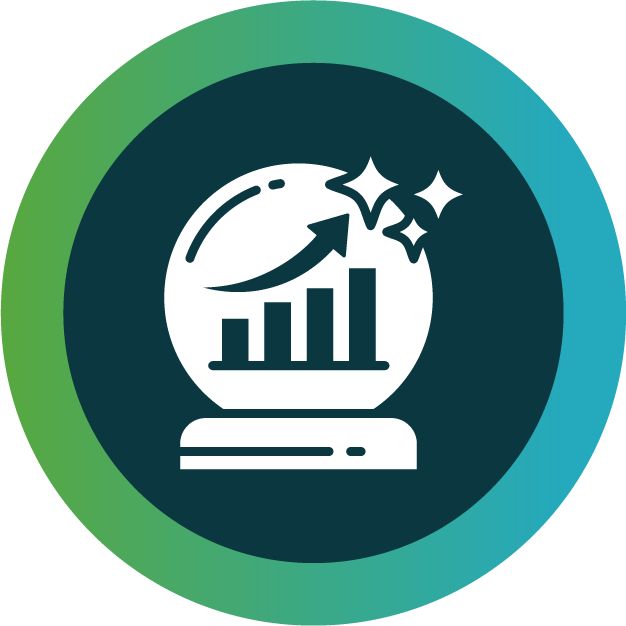
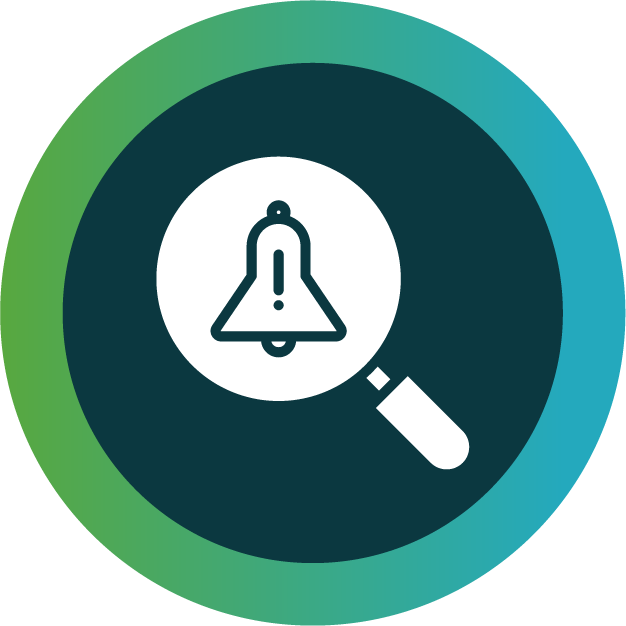
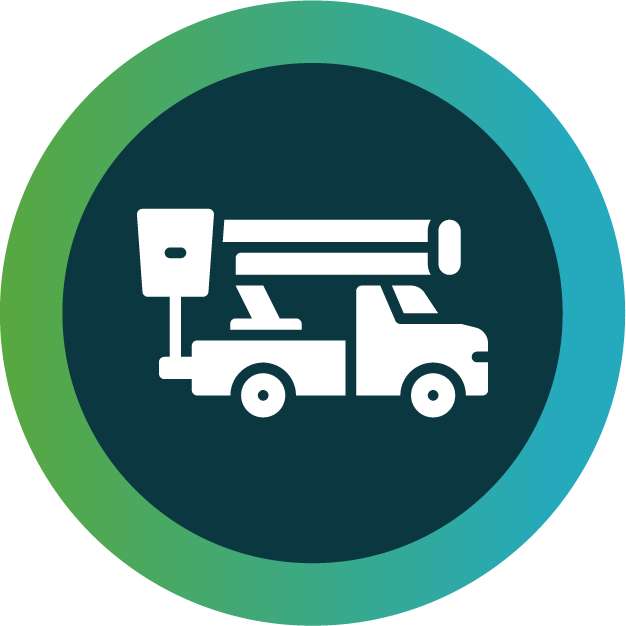
AI for predicting energy demand and managing demand response programs.
Specific Examples
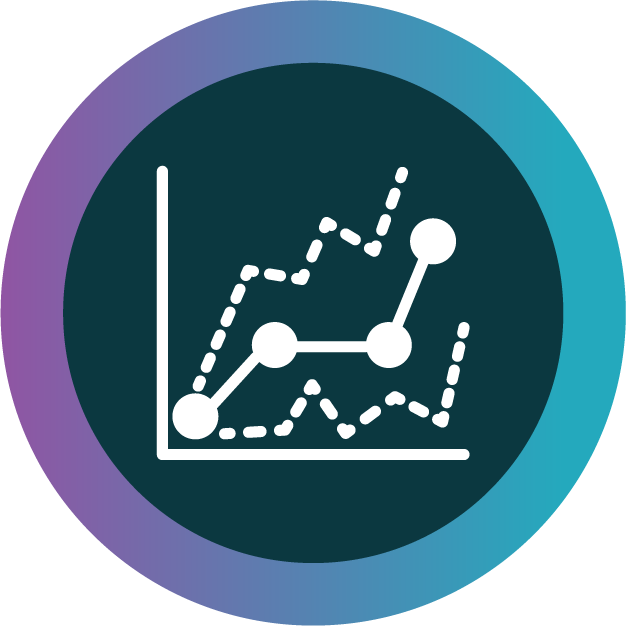
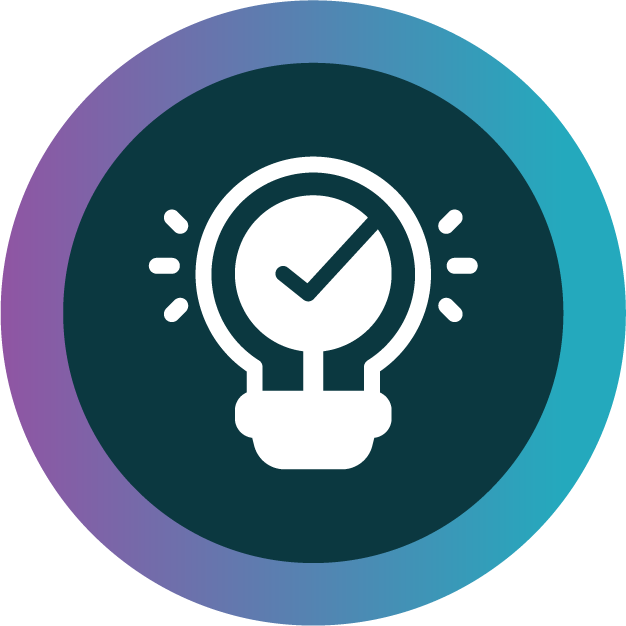
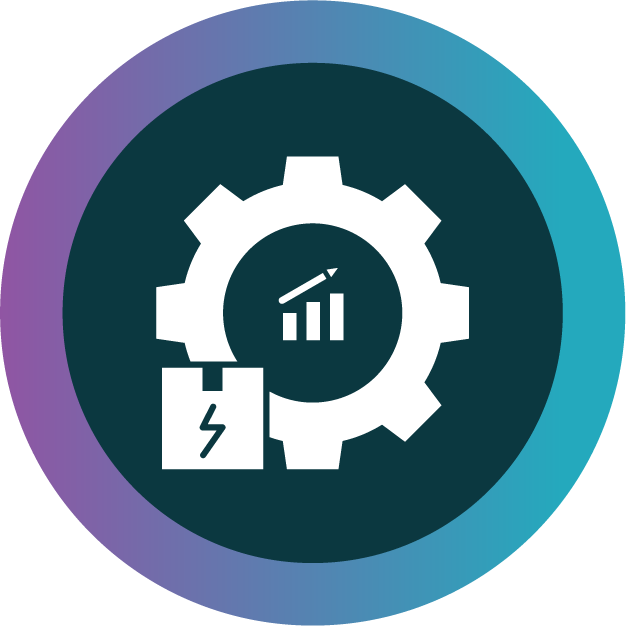
AI for enhancing safety for T&D maintenance crews.
Specific Examples
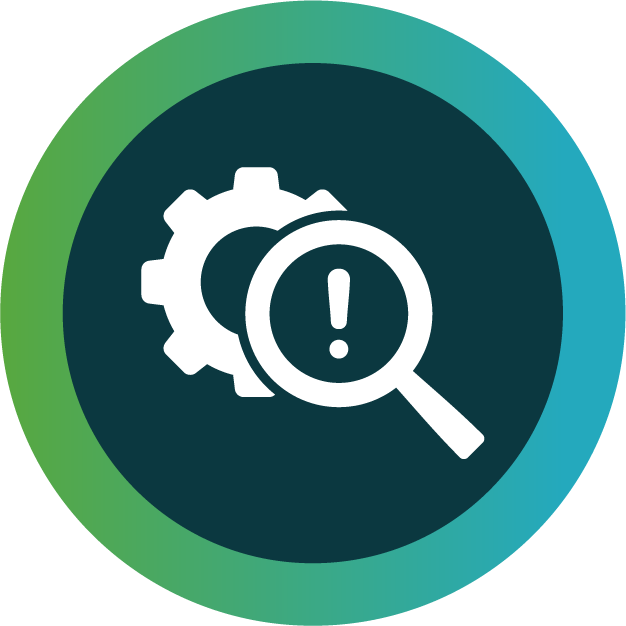
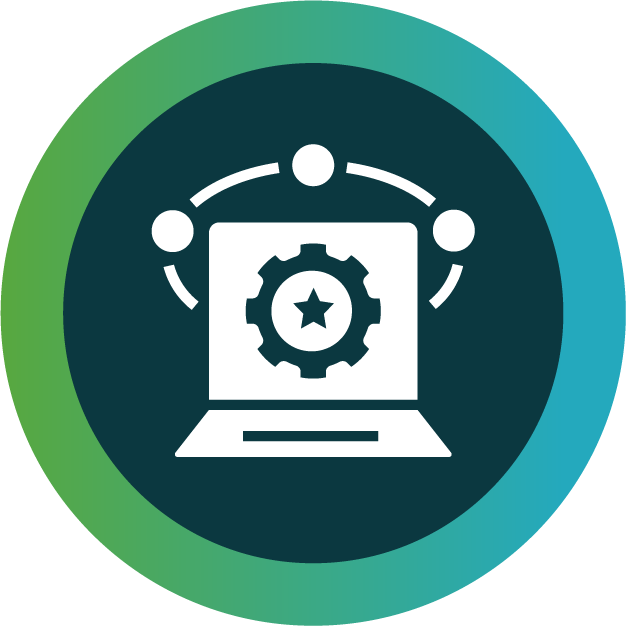
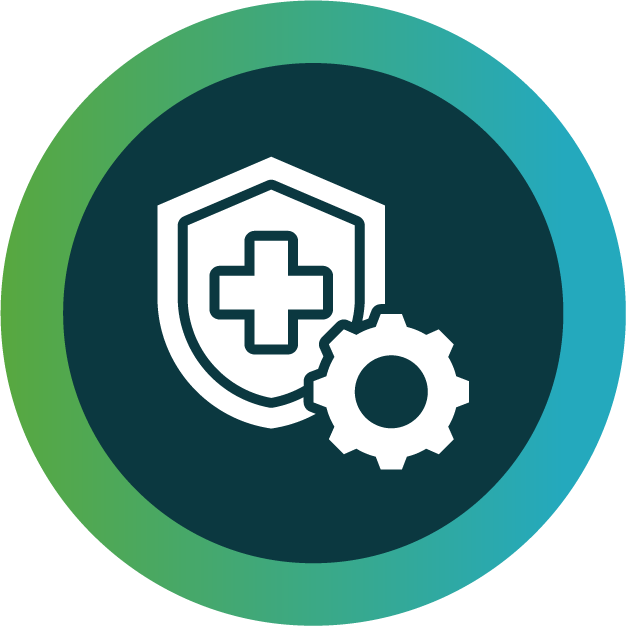
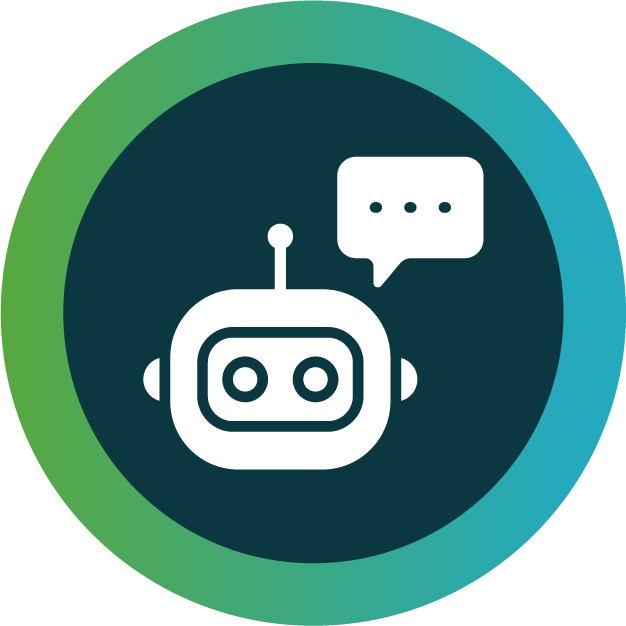
AI-driven measures to protect T&D infrastructure from cyber threats.
Specific Examples
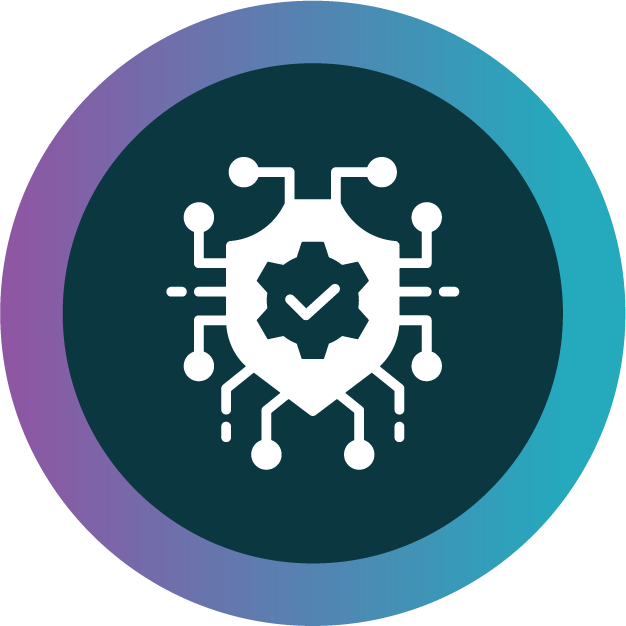

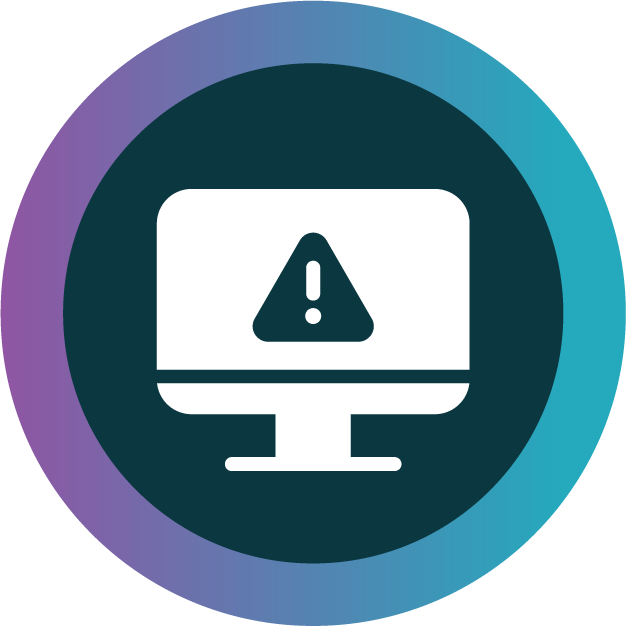
Practical Implementation Hurdles
Implementing AI in T&D is not without its challenges. These include:
- Data Management: Companies may struggle with handling large amounts of data, especially in real time. Poor data quality can lead to inaccurate predictions.
- Legal and IP Concerns: There are legal issues around storing sensitive data and defining ownership of AI-generated IP, especially when third-party providers are involved.
- Complexity and Time Investment: The process of loading massive amounts of documents and training AI models can be complex and time-consuming. This can pose a significant challenge, especially for organizations that are new to AI and machine learning (ML) technologies.
- Talent and Skill Shortages: Implementing and maintaining AI/ML solutions may require specialized skills and expertise, including data scientists, ML engineers, and domain experts not currently found within your generation organization. T&D groups may face challenges in recruiting and retaining the necessary talent, especially in highly competitive markets. There is also a shortage of experienced technical employees or engineers who provide quality assurance/control and challenge detailed AI-generated calculations and reports that junior engineers are unfit to review.
- Cybersecurity and Data Privacy: The integration of AI/ML systems with operational technology and the increased reliance on data can expose organizations to new cybersecurity threats and data privacy risks.
- Confidence in AI: Gaining confidence in AI’s ability to produce reliable results can be a barrier. Understanding the AI application’s design can help overcome this.
How ScottMadden Can Help
AI is transforming T&D operations by enhancing efficiency, reliability, and safety.
ScottMadden offers comprehensive support to utilities looking to harness the power of AI in their T&D operations. Here is how we can assist:
- Use Case Identification/Prioritization: We help you identify and prioritize the most impactful AI use cases tailored to your specific needs.
- Business Case Analysis: Our team conducts thorough business case analyses to determine the potential impacts of AI and modernization efforts.
- Strategy/Roadmap Development: We develop strategic roadmaps to guide your AI and analytics initiatives, ensuring alignment with your organizational goals.
- AI/Analytics Program Development: We assist in the development of robust AI and analytics programs to drive innovation and efficiency.
- Piloting Use Cases: We support the piloting of AI use cases to validate their effectiveness and scalability.
- Enabling Scale: Our expertise helps you scale AI and innovation programs to support full implementation across your organization.
- Embedding AI Capabilities: Through change enablement, we embed AI capabilities within your organization, ensuring sustainable adoption and long-term success.
By partnering with ScottMadden, you can leverage our extensive experience and proven methodologies to transform your T&D operations with AI. Contact us today to start your journey toward a smarter, more efficient grid.
Alex Tylecote and Madison Prinzbach also contributed to this article.





